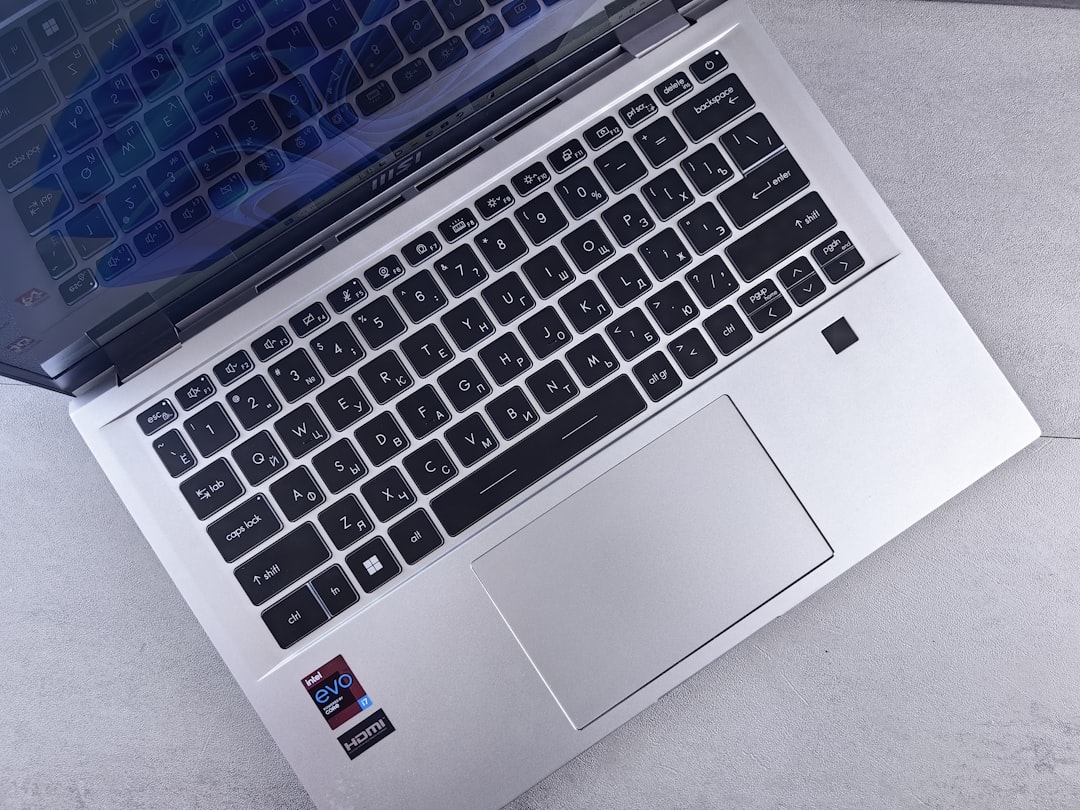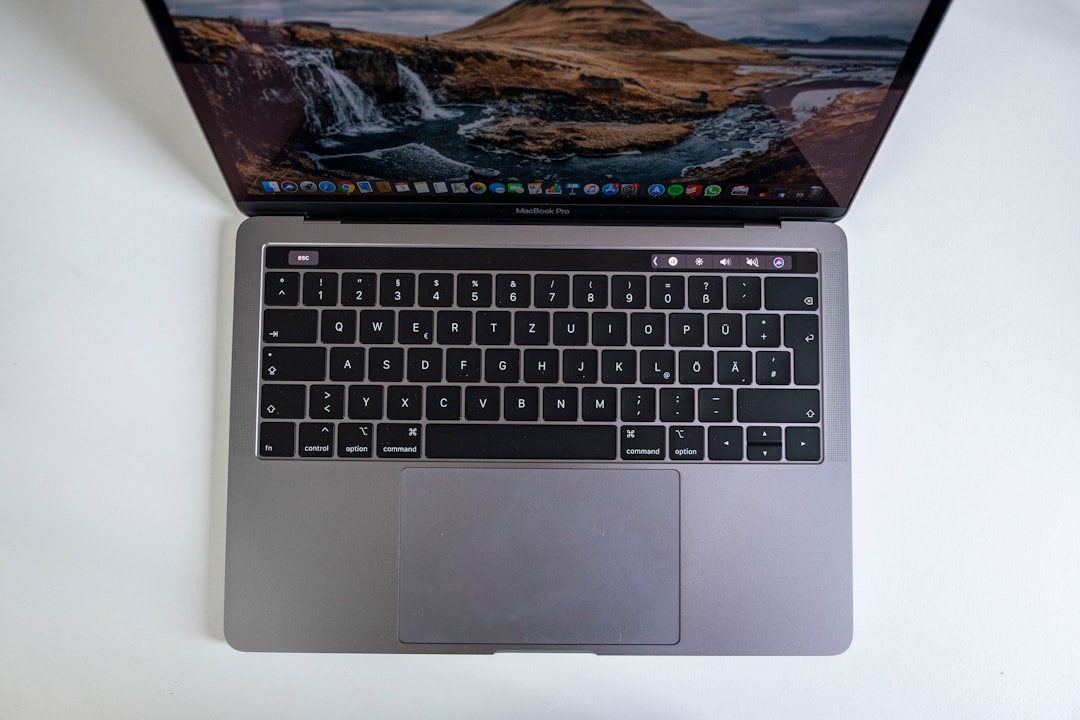It’s no secret that Chromebooks have grown in popularity over the years. They’re light, fast, and budget-friendly. But despite all that, they still struggle with winning everyone’s heart. Why? Let’s dive into the fun and slightly quirky world of Chromebooks to find out why they aren’t dominating the tech scene just yet.
What’s a Chromebook, anyway?
A Chromebook is a laptop that runs on Chrome OS, created by Google. It focuses on cloud services and web apps instead of traditional programs like you’d find on Windows or macOS.
That means no downloading Microsoft Word or installing Call of Duty. Everything is built to be done using the Google Chrome browser.

So what’s the problem?
There are quite a few reasons users hesitate to buy a Chromebook. Let’s break them down into bite-sized pieces.
1. Limited Software Compatibility
The biggest drawback? You can’t run regular programs. Want to use Adobe Photoshop? Nope. Dreaming of playing The Sims? Sorry. Chromebooks mainly use web-based apps, and although there’s an increasing number of Android apps available to download, many of them aren’t the full versions you’d expect on a desktop.
- No Microsoft Office (full version)
- No high-end game support
- No advanced software like Premiere Pro
And that’s a dealbreaker for many users who rely on these tools.
2. It’s Internet-Hungry
Chromebooks are happiest when they’re online. A lot of their features depend on cloud access. No Wi-Fi? No magic.
Even though Google has made it possible to work offline, it’s not always smooth. Offline Google Docs can be glitchy. Forget about syncing those files until your next Wi-Fi pit stop.
3. It’s Made for Simplicity – Sometimes Too Simple
Less is more… until it’s not.
Chromebooks were made for users who just want a web browser and cloud storage. But that simplicity can feel like a limit to people who are used to tweaking and customizing their machines. No fancy settings. No deep filters. No magic control panel to personalize your setup.
4. File Management Feels Weird
For most users, organizing and handling files is a normal task. On a Chromebook, it feels a bit awkward. Most of your files live in the cloud. Dragging and dropping, organizing folders, and handling USB devices isn’t always as intuitive as on Windows or macOS.
5. Gaming is Barely a Thing
Gamers, look away.
Chromebooks are not built for gaming. Sure, you can play some Android games or use services like Google Stadia (RIP) or NVIDIA GeForce Now. But native gaming support? No way.

If your idea of fun is modding Minecraft or installing a 100GB game, well, you’re in the wrong place.
But wait… aren’t they super popular in schools?
Yes, they are!
In fact, that’s probably where you’ve seen most Chromebooks—in classrooms. Schools love them because they’re cheap, light, and safe. Students can write essays, browse, and do their homework through Google Drive or Classroom. That’s a win-win for schools on a budget.
But then those students take that experience home and realize… they want more. More power. More freedom. More games. They outgrow the Chromebook very quickly.
Let’s Talk Hardware
Chromebooks usually come with pretty basic hardware. That’s great for battery life, but not when you need raw power.
- Limited RAM (4GB is still common)
- Small storage drives (32GB to 64GB)
- No dedicated graphics card
That means Chromebooks often fall behind even low-end Windows laptops when it comes to performance. Multitasking suffers. Opening 20 tabs? Prepare for lag.
They Have Competition
And not just one rival—many.
For a bit more money, users can get a Windows or macOS device that lets them do everything. Even tablets like iPads offer better app support and performance for casual users.
Chromebooks are often seen as a “second” device, not the main one. And when people buy a new laptop, they usually want something that can do it all.
Who Should Buy a Chromebook?
Despite these drawbacks, Chromebooks aren’t terrible. In fact, they’re perfect for some people. If you just need to:
- Browse the Internet
- Check email
- Stream Netflix
- Use Google Docs
…then a Chromebook might be all you need!
They’re especially great for seniors, young kids, and anyone who just wants a no-fuss device. Low cost, simple interface, fast boot times – there’s definitely some charm there.
Things are Changing… Slowly
Google is trying to fix some of the problems. Newer Chromebooks can run apps from the Google Play Store and even support Linux. That means you can install some full programs if you know your way around terminal commands.
Still, most people just want things to “work.” And for that crowd, Linux support isn’t exactly a selling point. It still feels experimental and not always user-friendly.
Final Thoughts
Chromebooks are like a really cool scooter—they’re fun, they’re fast, and they’ll get you where you need to go… as long as it’s close by.
But if you’re planning a cross-country road trip (aka need a powerful machine), then it might leave you stuck on the side of the freeway.
So why do Chromebooks struggle with popularity? Simple:
- They’re too simple for power users
- They feel limited in software and hardware
- And they’re often viewed as “starter” laptops
Cool idea, clever design, but still not for everyone.
Maybe one day the Chromebook will become the king of laptops. But for now, it’s just the trusty sidekick—not quite ready for the spotlight.

